
Značilnosti in uporaba prozorne PP blister embalaže
2025-08-04 17:25 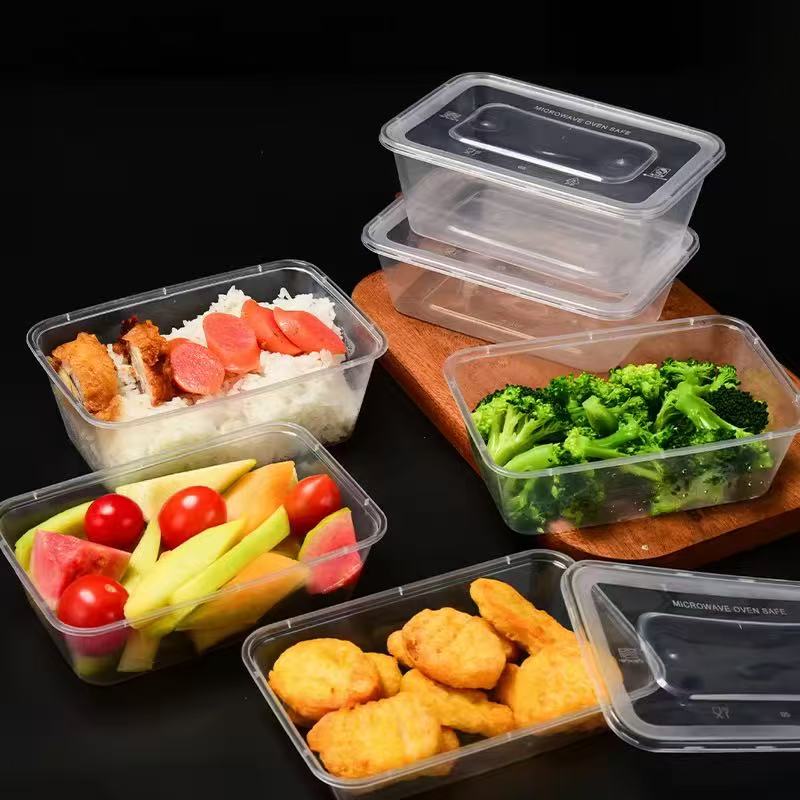
Eco-Friendly and RecyclableIn an era where sustainability is paramount, PP film stands out as an environmentally friendly alternative to traditional materials like PVC. Unlike PVC, which releases harmful hydrochloric acid during incineration, PP film is free of chlorine and other halogens, reducing its environmental footprint. Moreover, PP film is recyclable, and recycled PP maintains its core properties, allowing it to be repurposed for various applications. This recyclability aligns with global efforts to reduce plastic waste and promotes a circular economy. For example, companies in Europe are increasingly adopting PP film for blister packaging as a greener alternative to PVC.
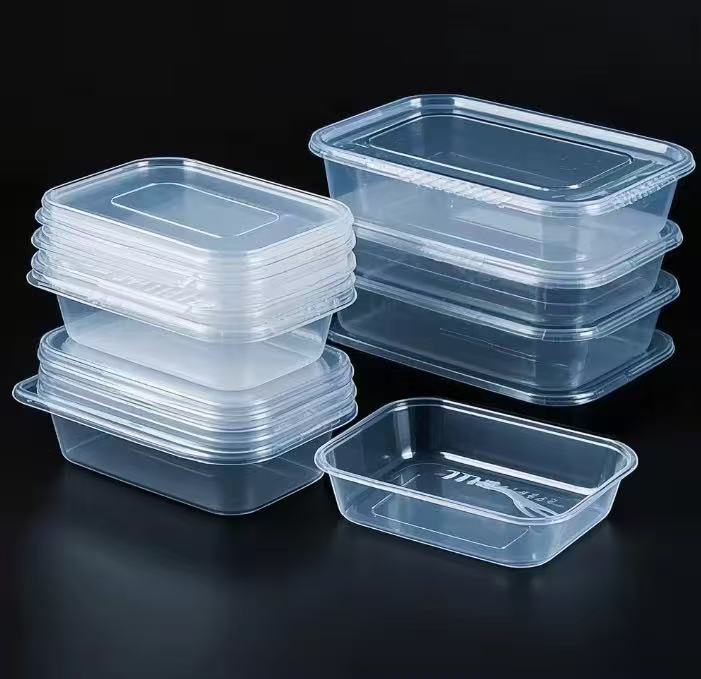
Thermoforming VersatilityPP film offers good thermoforming characteristics, allowing it to be molded into complex shapes with deep cavities. While PP has a narrower thermoforming temperature range compared to PVC, advancements in processing technology have mitigated these challenges. Modern blister packaging machines, such as those designed by Körber, optimize PP film handling through precise temperature control and extended preheating stations, ensuring consistent molding. This versatility enables manufacturers to create tailored blister packs that snugly fit products of varying shapes and sizes, from small tablets to larger hardware items.
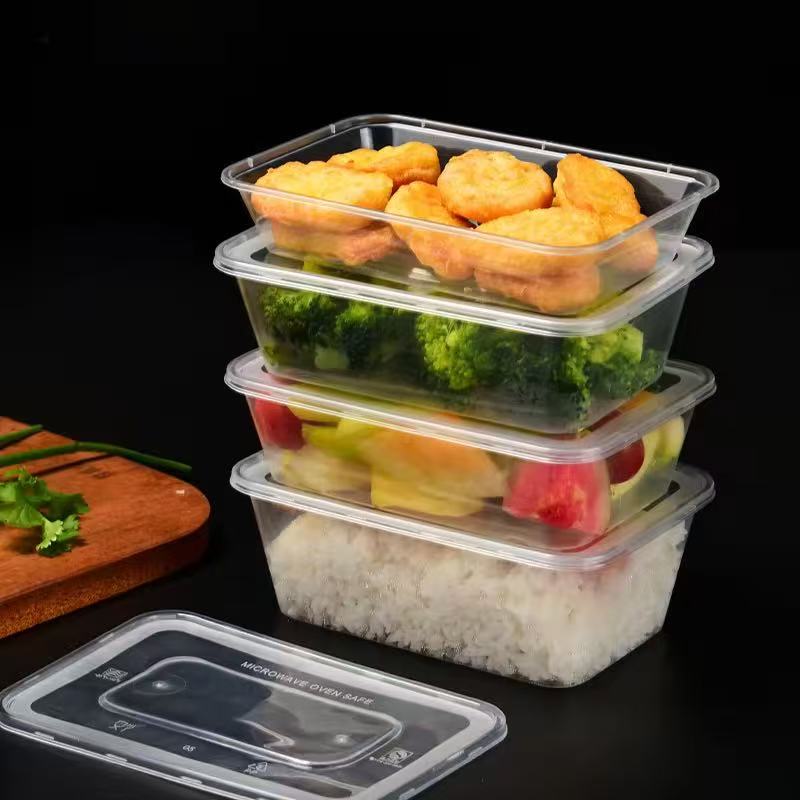
Cost-EffectivenessCompared to high-barrier materials like polychlorotrifluoroethylene (PCTFE), PP film is more economical, offering a cost-effective solution without sacrificing essential protective qualities. Its affordability makes it an attractive option for large-scale production, particularly in industries like pharmaceuticals and consumer goods, where cost considerations are critical. For instance, a blister pack made from PP film can be produced at a lower cost than one using PCTFE, while still providing adequate protection for non-hygroscopic products.
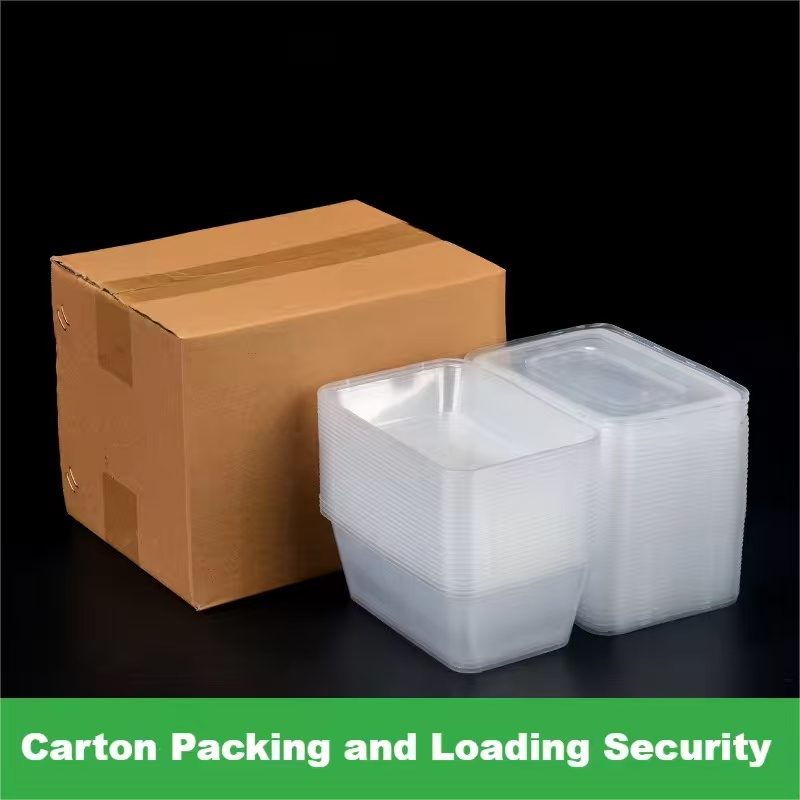
Applications of Transparent PP Blister PackagingPharmaceutical IndustryIn the pharmaceutical sector, transparent PP film is increasingly used for unit-dose packaging of tablets, capsules, and lozenges. Its moisture resistance and clarity make it ideal for ensuring product integrity while allowing patients to easily identify medications. For example, PP blister packs are commonly used for over-the-counter drugs, where transparency aids in displaying dosage instructions and product appearance. Additionally, PP film’s compatibility with multilayer configurations, such as those incorporating cyclic olefin copolymers (COC), enhances its barrier properties for sensitive medications, extending shelf life. The tamper-evident nature of PP blister packs also provides an added layer of security, ensuring patients receive uncompromised products.
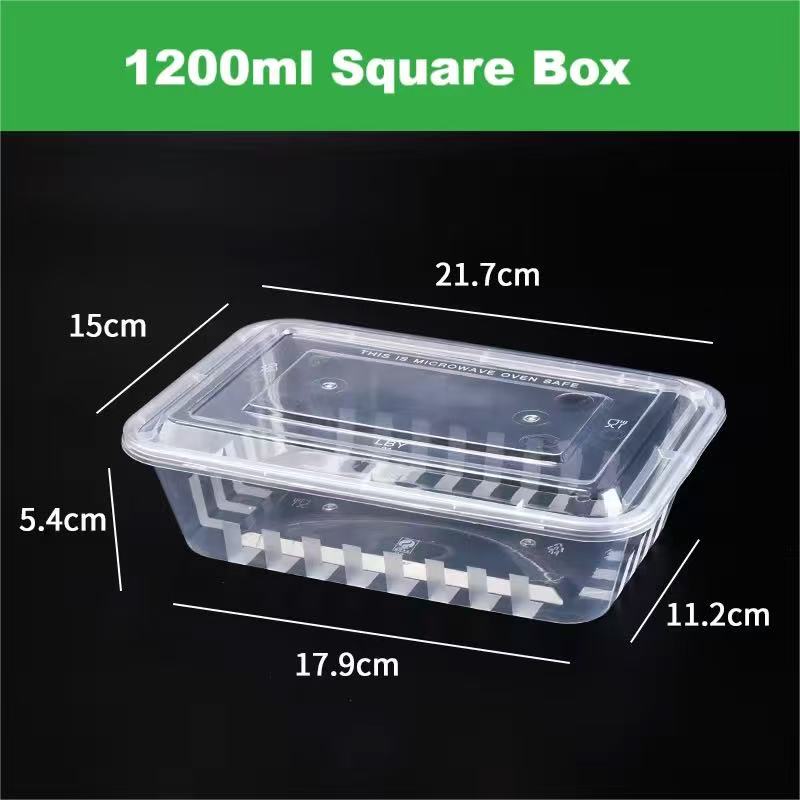
Consumer Electronics and HardwareTransparent PP blister packaging is widely employed in the consumer electronics and hardware industries due to its durability and aesthetic appeal. Products like earphones, USB drives, and small tools are often packaged in PP blister packs, which protect against physical damage while showcasing the product’s design. The clarity of PP film allows consumers to inspect the item before purchase, while its robust structure prevents damage during shipping. For instance, a PP blister pack encasing a set of precision screwdrivers ensures the tools remain secure and visible, enhancing their appeal on retail shelves.
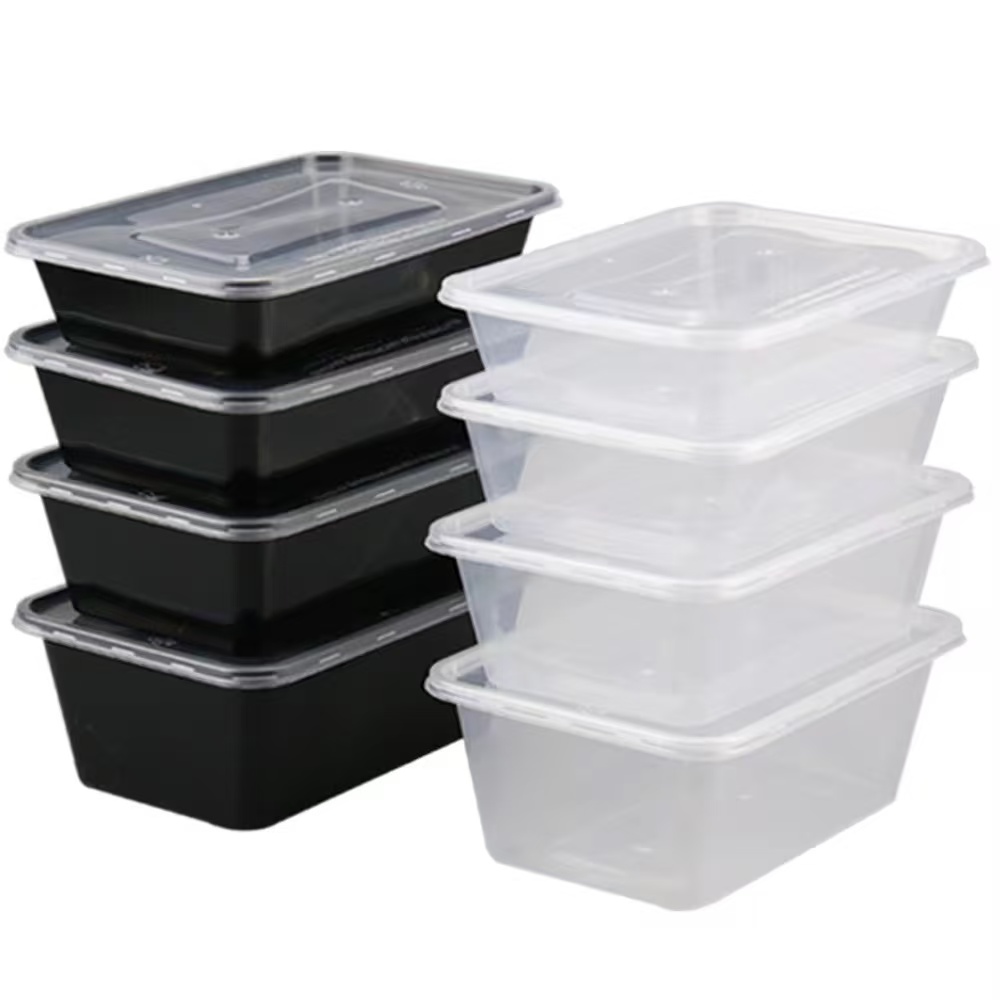
Food and Beverage PackagingIn the food industry, PP film’s ability to resist moisture and chemicals makes it suitable for packaging perishable items like snacks, confectionery, and fresh produce. Its transparency enhances product presentation, making it ideal for items like pre-packaged fruits or baked goods, where visual appeal is crucial. PP film’s microwaveable properties also add versatility, allowing consumers to heat food directly in the packaging. For example, a PP blister tray containing ready-to-eat snacks can be microwaved without compromising the packaging’s integrity, offering convenience to consumers.
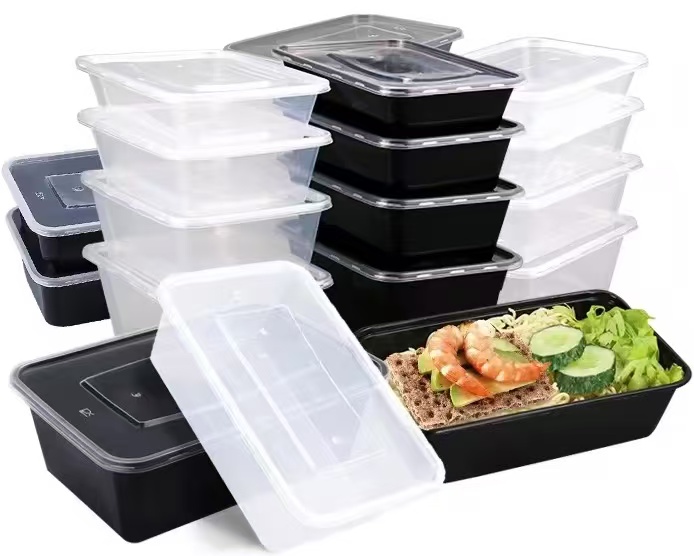
Cosmetics and Personal Care ProductsThe cosmetics industry leverages PP film’s high clarity and flexibility to create visually appealing blister packs for products like lipsticks, mascaras, and skincare items. The transparency of PP film allows brands to showcase vibrant colors and intricate designs, attracting consumers in competitive retail environments. Additionally, PP’s chemical resistance ensures that products containing oils or alcohols remain secure without degrading the packaging. A PP blister pack for a high-end moisturizer, for instance, not only protects the product but also elevates its perceived value through a sleek, transparent presentation.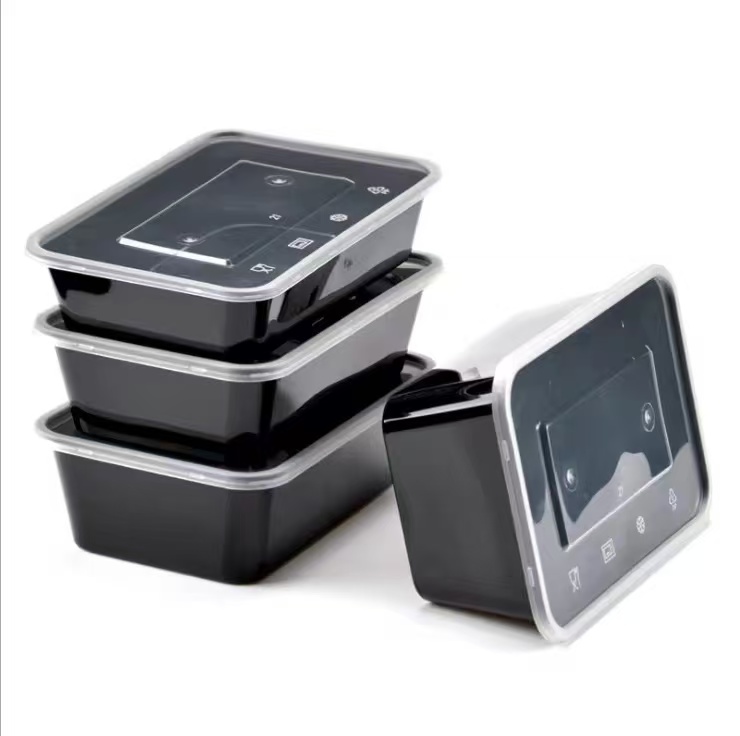
Retail and MerchandisingIn retail settings, PP blister packaging is often used for carded packaging, where products are sealed between a transparent PP film and a paperboard card. This format is popular for small consumer goods like toys, stationery, and accessories, as it allows for easy display on merchandising walls. The clarity of PP film ensures the product is fully visible, while its durability prevents damage from handling. For example, a PP blister pack containing a set of colorful pens can be hung on a retail display, with the transparent film highlighting the product’s vibrant hues to attract buyers.
Challenges and Innovations in PP Blister PackagingDespite its advantages, PP film presents some processing challenges, primarily due to its narrow thermoforming temperature range and longer crystallization time compared to PVC. However, recent innovations have addressed these issues. Advanced blister packaging machines now incorporate longer preheating stations and precise temperature controls to optimize PP film processing, ensuring consistent quality. Additionally, combining PP film with materials like COC or polyethylene (PE) enhances its barrier properties, making it suitable for more demanding applications. These advancements have propelled PP film’s adoption, particularly in regions like Europe, where environmental regulations favor sustainable materials.
Recycling PP blister packaging also poses challenges due to its multilayer structure, often combined with aluminum or paperboard lids. However, ongoing research into hydrometallurgical and thermal separation processes is improving the recyclability of PP-based blister packs, reducing waste and supporting sustainability goals. For instance, new techniques are being developed to separate PP film from aluminum foil, allowing both materials to be recycled more efficiently.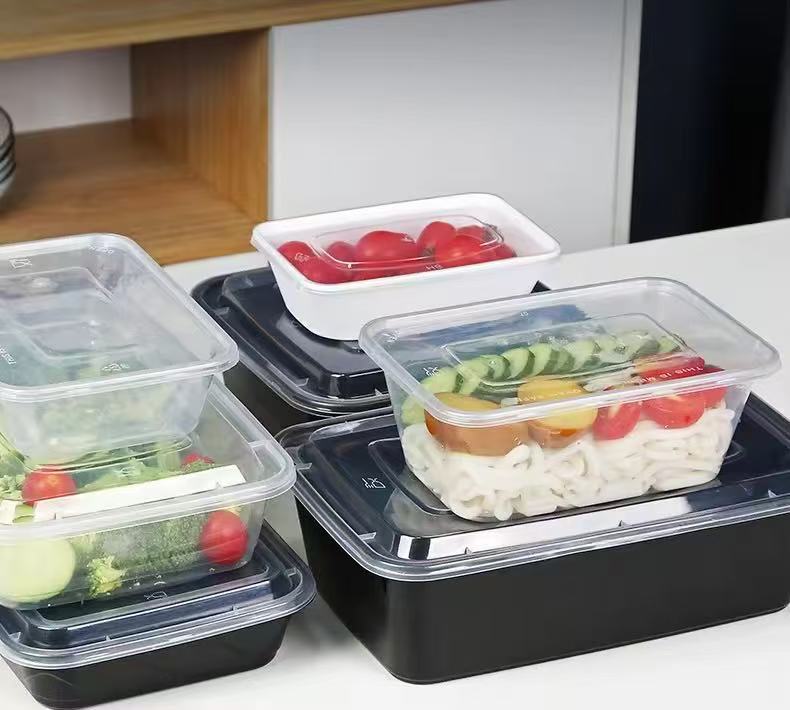
Future ProspectsThe future of transparent PP blister packaging is bright, driven by its alignment with global sustainability trends and its versatility across industries. As consumer demand for eco-friendly packaging grows, PP film’s recyclability and lower environmental impact position it as a preferred choice. Innovations in processing technology will likely further enhance PP’s thermoforming capabilities, expanding its applications in high-barrier packaging. Additionally, the integration of nanomaterials, such as graphene or nano-clay, into PP film could improve its mechanical and barrier properties, opening new possibilities for advanced packaging solutions.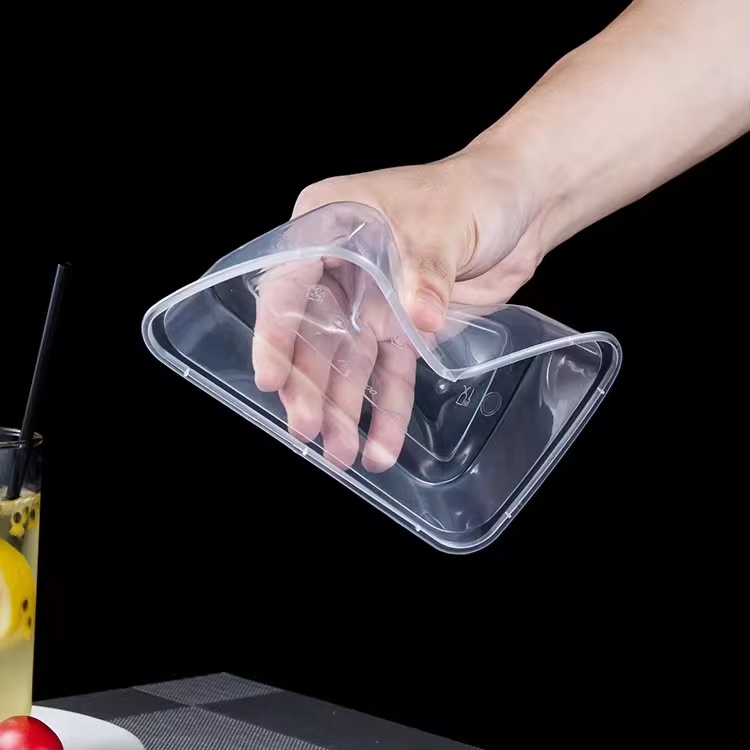
ConclusionTransparent PP film has revolutionized blister packaging by offering a blend of clarity, durability, and sustainability. Its ability to protect products while enhancing their visual appeal makes it indispensable in pharmaceuticals, electronics, food, cosmetics, and retail. Despite processing challenges, technological advancements are making PP film increasingly viable, while its eco-friendly nature aligns with global efforts to reduce plastic waste. As industries continue to innovate, transparent PP blister packaging is poised to play a pivotal role in shaping the future of sustainable packaging solutions.
